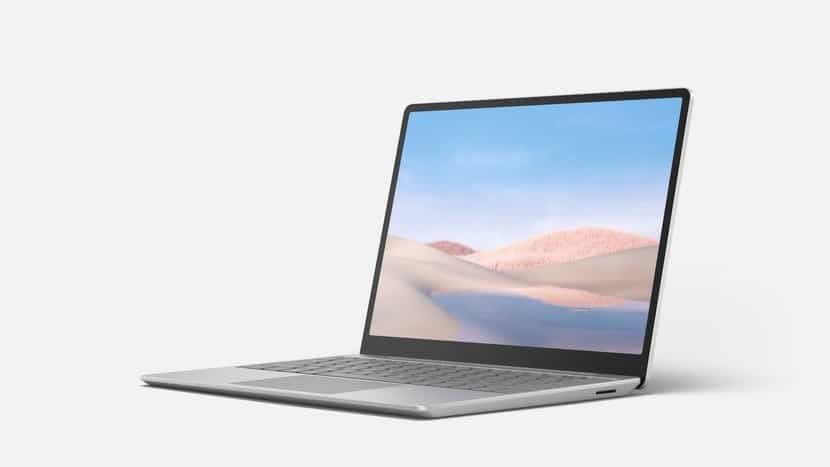Microsoft has updated its Surface line-up with two challengers taking on key parts of the market. The Surface Laptop Go takes on the mid-range Windows 10 laptop space, while the updated Surface Pro X pushes Microsoft’s plans for Windows 10 on ARM
With Apple set to launch its own ARM-powered MacBook, who has the advantage in this new frontier?
Let’s start with the Pro X. Last year’s Surface Pro X, the first ARM-powered Surface machine, was aiming at a particular group of customers. 2020’s Pro X update hasn’t changed this approach.
The Pro X family is for those looking for a highly mobile device, with 4G LTE connectivity, long battery life, and a focus on productivity. It remains a superb client for cloud based services be they from Microsoft or other providers. If your work revolved around Microsoft Office, Teams, Slack, and web-based tools, the Pro X is designed for you.
It remains to be seen how Apple will pitch its upcoming ARM-powered MacBook, but the same advantages driving the Pro X choices apply to ARM on MacOS. Apple has been its traditionally tight-lipped self in regards the capabilities and the marketing of the machines. While there have been benchmarks of the Developer Transition Kits running the older A12Z chip, nothing official has been communicated.
Those benchmarks put the performance just below the level of this year’s entry-level MacBook Air with an Intel Core-i3 chip, although the benchmarking software will be running in emulation mode. Apps coded directly for ARM should and more performance. That echoes the same performance gap seen in 2019’s Pro X; native ARM apps flew while the emulation for 32-bit x86 apps was competent performance but not stunning.
Both Windows 10 and macOS are going to need to deal with emulation for legacy apps for some time. Apple cut off 32-bit app support in MacOS last year, so it only has to deal with 64-bit applications that are designed for a single platform. Microsoft has a much wider base of legacy applications to support. It hasn’t cut off x32 (32-bit) application support and a preview of Windows 10 on ARM with x32 and x64 emulation (as well as supporting native ARM apps) has been announced for release later this year as a preview ahead of a full roll out early in 2021.
With that we have a new battlefield that is going to drive the development both of the laptop and the PC for the next few years. And Microsoft has an early advantage.
That advantage is measured in time. The Surface Pro X has been on the market for a year, gathering vital information on real world usage of the platform, the apps used and feedback from the owners. The development of Windows 10 is happening in public, and the commitment to ensure backwards compatibility should ensure a smoother transition as ARM becomes more prevalent in the Windows 10 mix both in Microsoft’s Surface family but in the wider Windows 10 ecosystem.
Apple has kept its card close to its chest. It will have been doing just as much work as Microsoft in the darkened corridors of Cupertino… but with less feedback from outside the circle. The feedback from the Developer Transition Kits will have been fed back into the project, but the crunch will come when the new MacBook arrives and a ridiculous number of setups and application interactions are going to take place – much like Microsoft faced when the first Pro X was launched.
Today, the Surface Pro X is not only a known quantity that has been validated by the market, but it is a known quantity that has picked up a mid-cycle refresh on the processor and a roadmap to increased app compatibility and flexibility.
Apple’s ARM-powered MacBook is a mystery. The emulation that Apple has talked about is just that. Talk. Once it is released the teething troubles that Microsoft faced will also be faced by Apple; let’s not forget the move to ARM also comes on top of a major update to macOS to Big Sur v11.
If you’re looking to make the jump to ARM, the first consideration has to be which of the existing operating systems you are on, although with much of the value being the use of cloud services this will not be as important as you may think. The next consideration has to be the experience of the two platforms with the public.
Microsoft is streets ahead of Apple right now.

